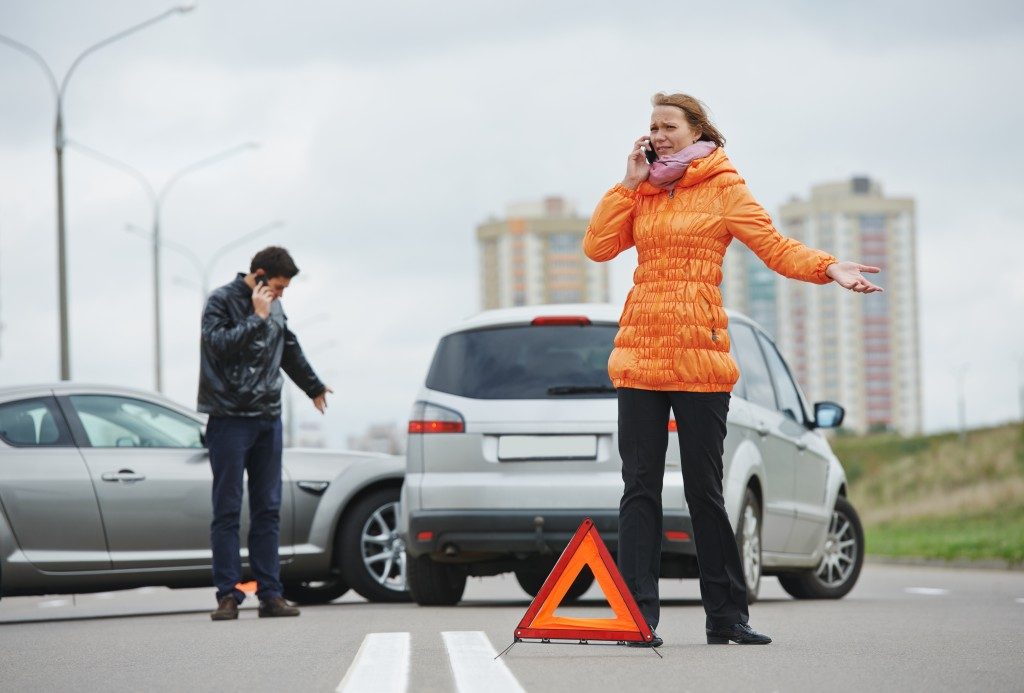Multiple incidents of semi-trailer trucks rolling over in portions of the Interstate Highway System in Utah should be raising concerns throughout the state. This alarming trend of trucking tragedies raises some serious questions on the multiple aspects of road safety and culpability.
Trail of Truck Accidents
From July 16-17, an appalling string of incidents involving semi-trailer trucks in multiple stretches of the Interstate Highway System kept members of the Utah Highway Patrol rushing across the state. In 48 hours, the Utah Highway Patrol responded to eight accidents involving semi-trailer trucks. Five of the incidents occurred within a single 12-hour period. At least four of the eight incidents closed off lanes of the highways as responders worked hard to clear the thoroughfares. These are not the first series of incidents in the Interstate Highway System that called for first responders and later on, truck accident attorneys.
Over five days in April, three semi-trailer trucks crashed when they failed to negotiate a sharp curve on I-84 as it nears a junction with I-80, which locals know as Echo Junction. Reports have claimed that excessive speed is to blame for some of these incidents. However, their proliferation does raise some important questions. One of them is “When are roads to blame for automobile accidents?”
Poor Road Conditions
 Although vehicular accidents occur because of unwise decisions on the part of drivers and passengers, roadways can also be the cause of these incidents. Several road issues that can be the root of a nasty car accident. In these specific instances, people whose health and vehicles the poor road conditions have damaged can take those responsible to court for compensation.
Although vehicular accidents occur because of unwise decisions on the part of drivers and passengers, roadways can also be the cause of these incidents. Several road issues that can be the root of a nasty car accident. In these specific instances, people whose health and vehicles the poor road conditions have damaged can take those responsible to court for compensation.
- Missing or confusing signs. Drivers who are not used to traffic patterns in particular roads can be at more risk of getting in an accident. These drivers have to rely on road and traffic signs for guidance and information on navigating these thoroughfares. If these signs are missing or are in a confusing arrangement, these drivers can get in serious trouble. For example, a missing stop sign at an intersection can cause drivers to plow into oncoming traffic.
- Poorly maintained structures. Time and the weather can wear away the structural integrity of a road. Shifting soil and winter ice can cause potholes on asphalt surfaces, which large vehicles, like semi-trailer trucks, can expand. Serious accidents or strong enough natural phenomena can knock down and destroy barriers and guardrails along roads. Traffic lines can grow faint over the years due to traffic and the climate. If the authorities responsible for a given road don’t repair these kinds of damage, they endanger the safety and the lives of motorists.
- Bad road design. Hazardous driving conditions can arise due to poor road design. No matter the level of maintenance a road receives, drivers will still be in danger if it has dangerously sharp turns or blind turns.
A combination of responsible attitudes toward driving and excellent roads can go a long way in decreasing traffic accidents along the highways and by-ways of the Beehive State.

